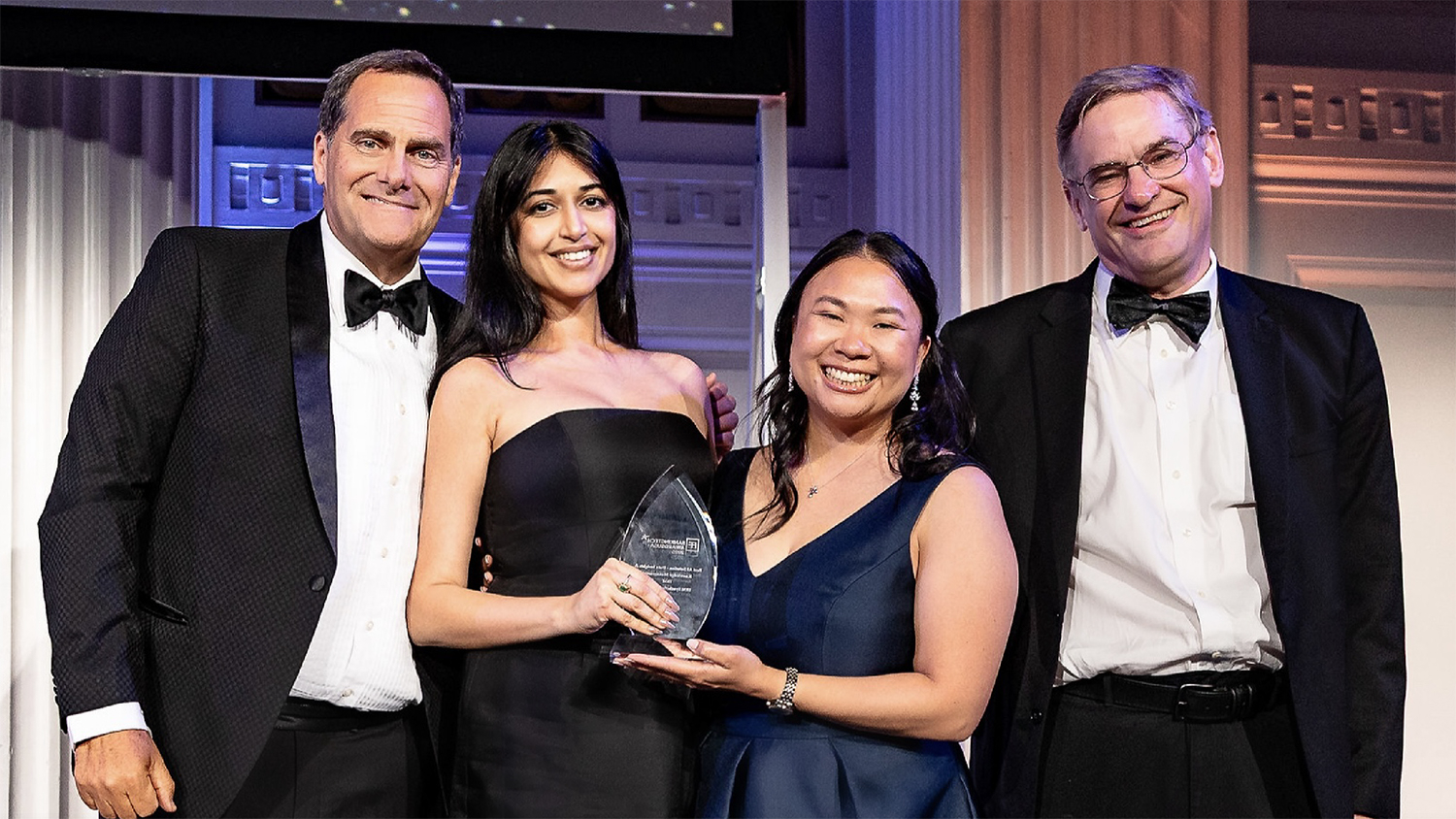New Faculty Innovators in Design: Spotlight on Byungsoo Kim

Byungsoo Kim is an assistant professor in industrial design in the NC State College of Design. As part of our spotlight on new faculty, we are excited to highlight his teaching and expertise in product visualization and master’s-level studio projects, showcasing the innovative perspectives he brings to the College of Design.
Q1: Can you share a bit about your background and what led you to join the College of Design at NC State?
I earned my undergraduate degree in design from a university in South Korea. After working as a design researcher there for three years, I decided to pursue further studies in the U.S. I completed both my master’s and Ph.D. at NC State. After graduating, I became an assistant professor at Kansas State University, where I worked for four years. When a position opened at NC State, I applied and was fortunate to return. It feels great to be back at a place that has played such a significant role in my journey.
Q2: What attracted you to design as a discipline? How has that passion evolved?
From a young age, I loved drawing and creating things. In high school, I discovered industrial design, which aligned perfectly with my interests. During college, I became focused on creating beautiful and aesthetically pleasing objects. However, after an accident left me with a cast on my dominant hand, I realized the importance of usability and inclusive design. This shifted my focus to universal design, accommodating as many people as possible—including children, older adults and those with temporary or permanent disabilities. Later, as a design researcher, I explored how to integrate user-centered design into technology-driven innovations. This has remained a core interest of mine, evolving through my academic and professional journey.
Q3: Are there any particular values or skills you emphasize in your classes?
In my sketching class for industrial designers, I emphasize the importance of being able to sketch freely without relying on reference images. My goal is to help students simplify and internalize product designs so they can sketch quickly and effectively, even in client meetings. This skill, rooted in my own education, is crucial for communicating design ideas in real-time.
In my studio class, I stress the importance of usability and connecting user research findings to design outcomes. It’s important for students to design not just based on their personal opinions but on real user needs. I also encourage them to consider ergonomics to ensure their designs are both comfortable and functional for users.
Q4: Can you share a favorite project or piece of work that has influenced your journey?
One of my favorite projects involved designing custom ice cream scoop handles with my students. Each student designed a handle tailored to their hand size, considering ergonomics and usability. We even held an exhibition where visitors could test the handles and provide feedback. The project not only highlighted the importance of user-centered design but also produced valuable data on hand dimensions and usability. It was a fun, hands-on way to explore design research and ergonomics.
Q5: Are you doing any research or scholarship outside of the classroom? If so, what does that look like?
Yes, I’ve turned the ice cream scoop project into a research paper, which I’ve submitted for publication. Another area of my research focuses on teaching AI effectively and ethically in design. Specifically, I’m studying how students perceive authorship when using AI tools like Creo AI. By adjusting the level of influence from original sketches, I aim to define ethical boundaries and help students integrate AI into their workflows without compromising their creative ownership. This research addresses the gray areas in AI usage and helps prepare students for the evolving design landscape.
This post was originally published in College of Design Blog.


